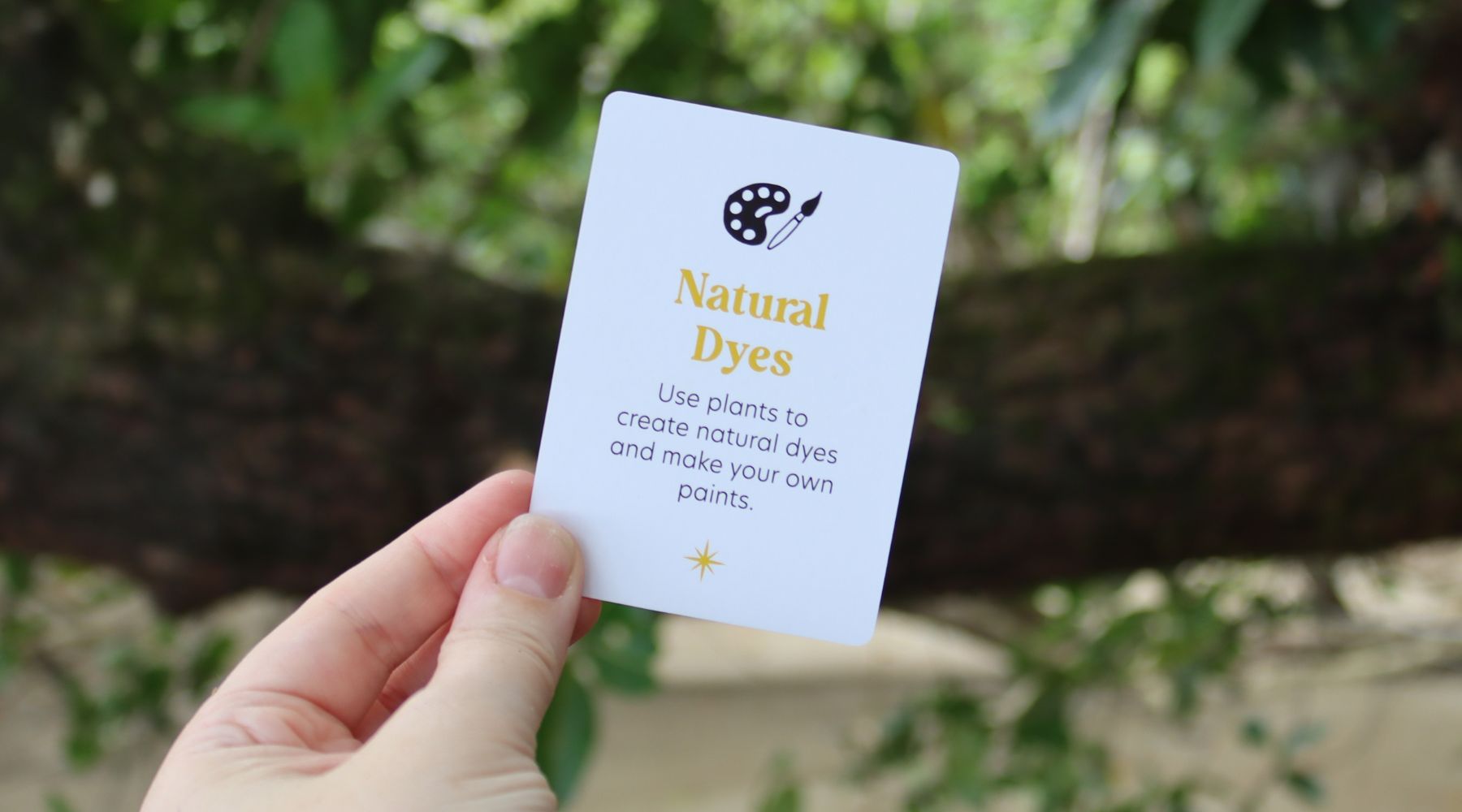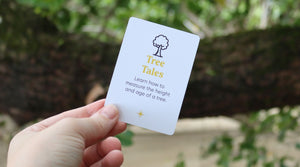Using plants to create natural dyes is a fun and educational way to explore the vibrant colours found in the great outdoors. In this blog, we’ll guide you through the process of making your own natural dyes and using them to create beautiful paints, all while discovering the science behind colours and how they can be found in nature.
Why Use Natural Dyes?
Creating natural dyes is more than just an art project—it's a fantastic way to connect with nature and learn about the world around us! By using plants to create dyes, kids can discover how colours are made and the importance of plants in our lives. Plus, it’s a great way to be environmentally friendly and appreciate the resources nature provides.
Finding the Right Materials
Before you get started, gather the materials you’ll need for your dye-making adventure:
- Plant materials: Look for flowers, leaves, fruits, or vegetables. Common choices include:
- Red cabbage for blue/purple
- Turmeric (a spice) for yellow
- Beets for pink
- Spinach for green
- Water: You'll need this to extract the colour from the plants.
- Mason jars or bowls: To hold the dye.
- Strainer or cheesecloth: For filtering the dye.
- Natural fabric or paper: Use cotton, silk, or even paper for your dyeing project.
- Old pots or pans: For boiling the dye.
Step-by-Step Guide to Making Natural Dyes
1. Gather Your Plant Materials
Collect the plant materials you want to use. Make sure to ask for permission if you’re picking plants from someone’s garden or a public space.
2. Prepare the Dye
- Chop the Plants: Cut your plant materials into smaller pieces. This will help release more colour.
- Combine with Water: Place the chopped plants into a pot and add enough water to cover them.
- Boil the Mixture: Bring the pot to a boil, then reduce the heat and let it simmer for about 30 minutes. Keep an eye on it—if the colour is too strong, you can add more water!
3. Strain the Dye
Once your dye has simmered, let it cool slightly. Use a strainer or cheesecloth to filter out the plant materials, leaving you with a colourful liquid dye.
4. Dye Your Fabric or Paper
- Soak the Material: Place your fabric or paper into the dye and let it soak for at least 30 minutes. The longer it soaks, the deeper the colour will be!
- Rinse and Dry: After soaking, rinse your dyed material in cold water to remove excess dye, then hang it up to dry.
Understanding the Science of Colors
Natural dyes come from the pigments in plants, which can create a variety of colours. Each plant contains different pigments that give it its unique colour. For example, chlorophyll gives leaves their green colour, while carotenoids provide the orange and yellow hues in carrots and pumpkins. By making your own dyes, you're exploring the fascinating world of plant biology!
Safety First
- Be mindful of allergies: If you or anyone in your group has allergies, check the plant materials you’re using.
- Always have adult supervision: When using pots and boiling water, make sure an adult is nearby to help!
Fun Fact
Did you know? The art of dyeing fabric with natural materials has been around for thousands of years! Ancient cultures used plants, insects, and minerals to create stunning colours for clothing, art, and other crafts.
Wrapping Up Your Adventure
Creating natural dyes is a colourful way to connect with nature and learn about the environment around you. With just a few plant materials and some water, you can make beautiful dyes that will inspire your creativity. So, gather your supplies, head outdoors, and let your imagination run wild with the colours of nature!



